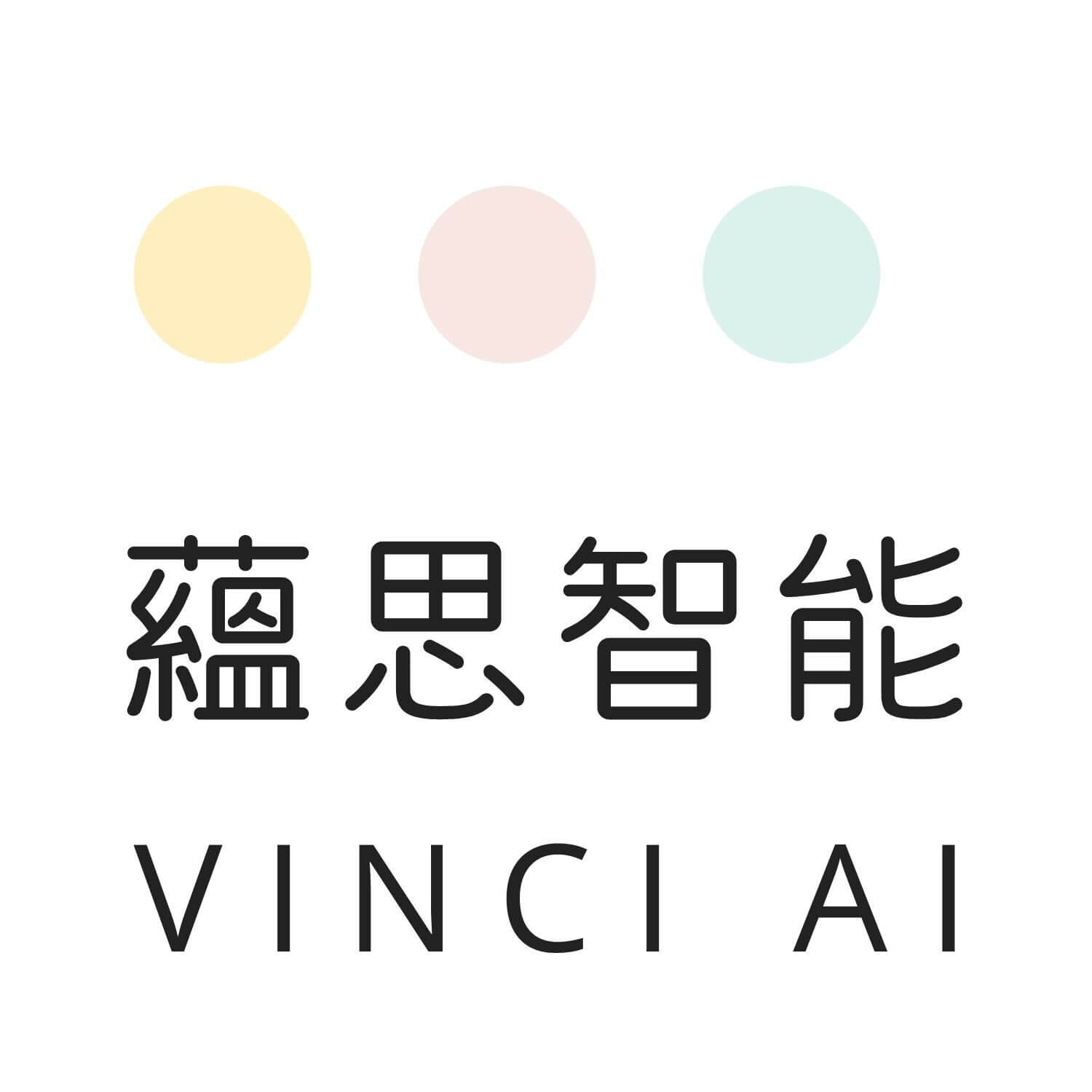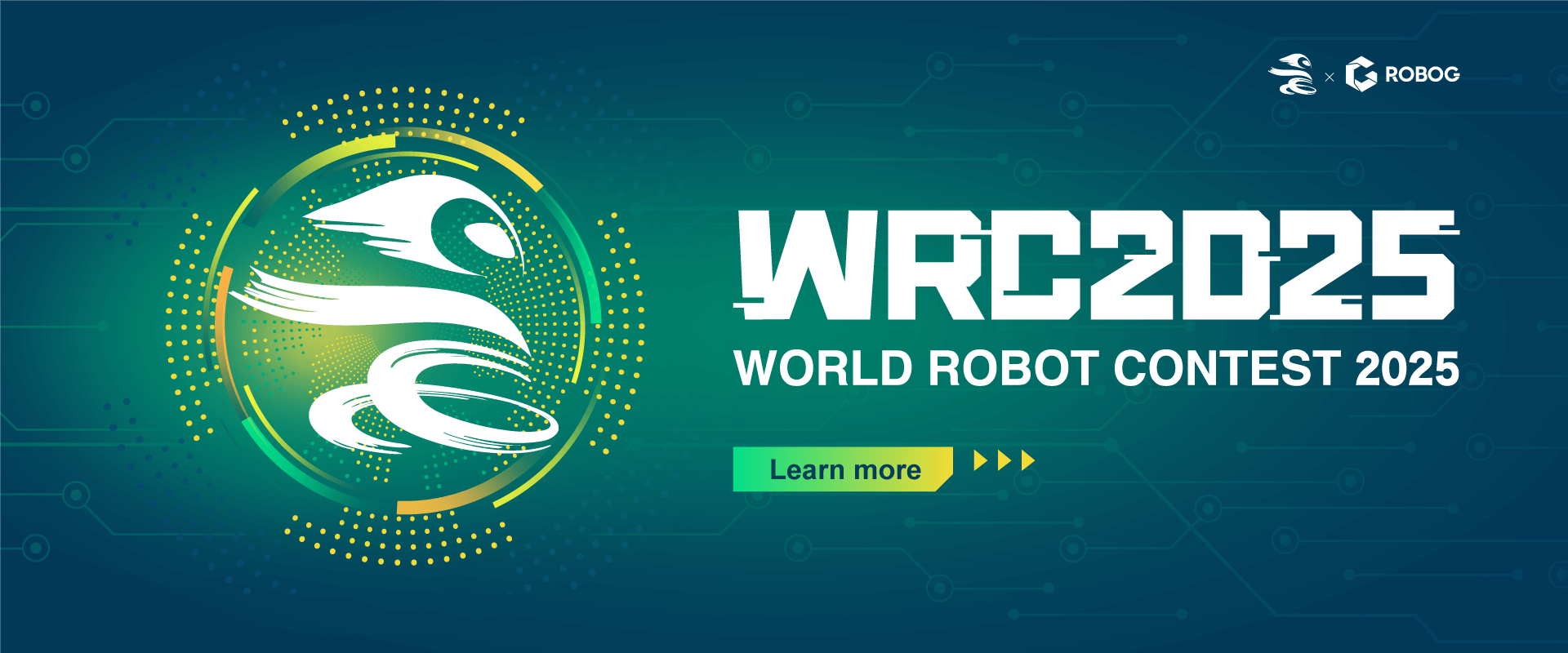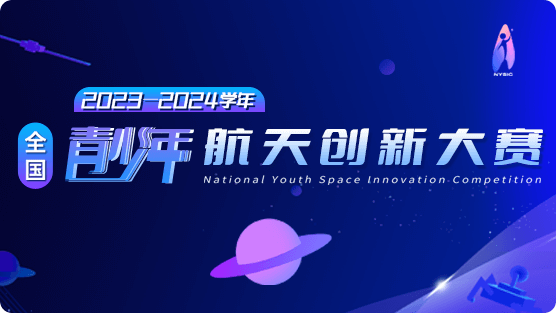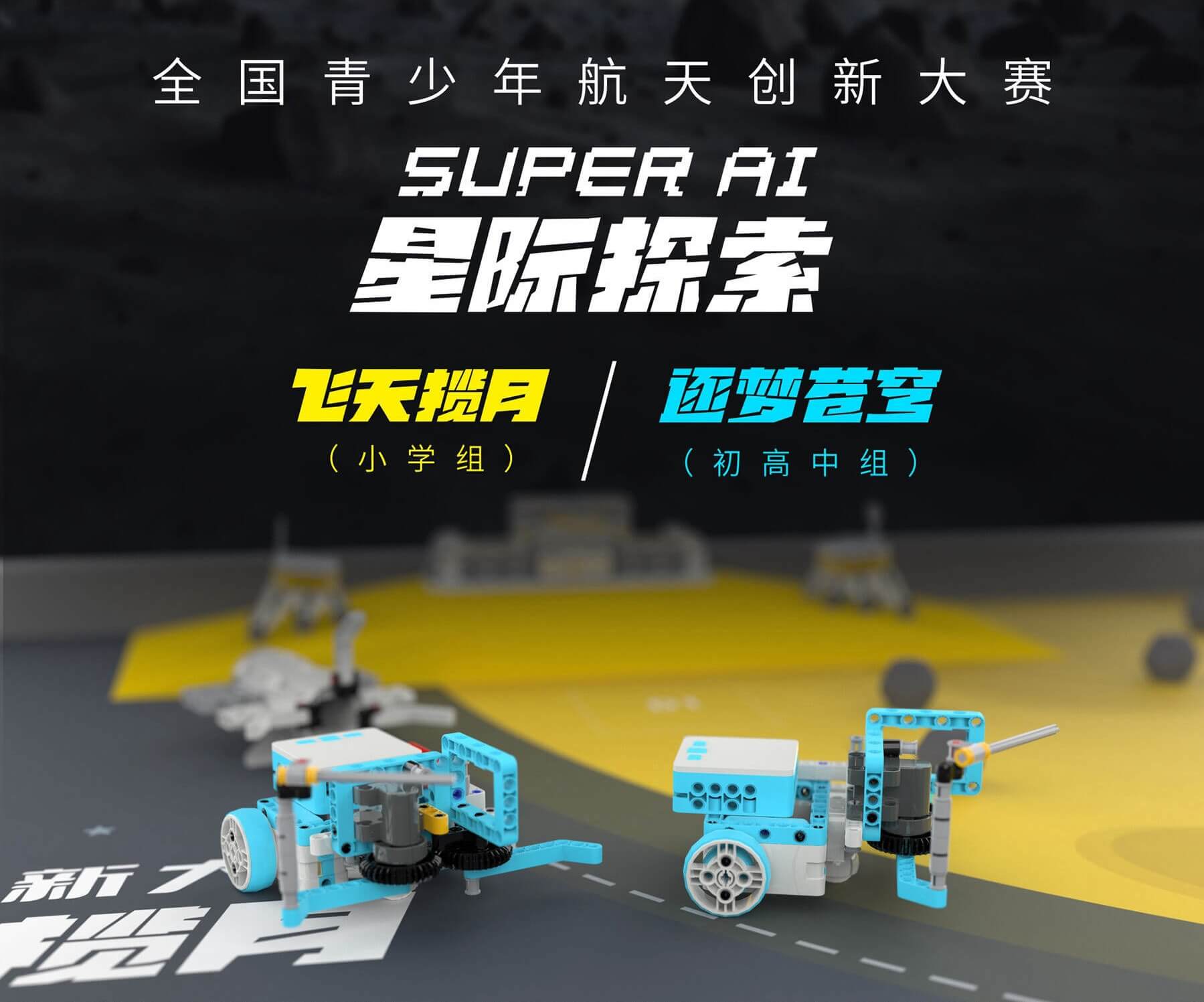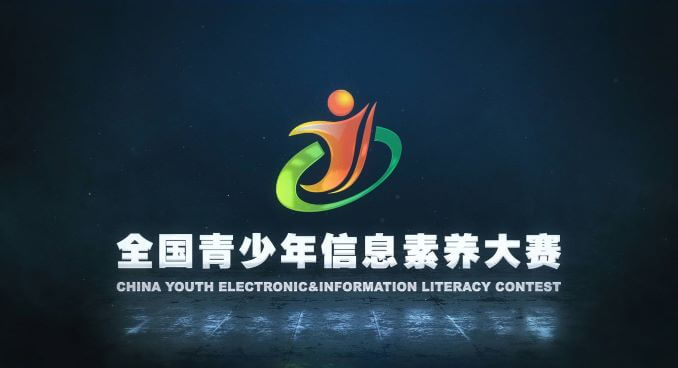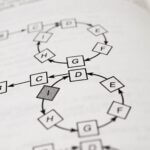The World Robot Contest (WRC) is hailed as the "Olympics of the robotics world" by the global industry and mainstream media. It is an elite growth ladder for young people around the world that is deeply integrated into the national science and technology development strategy and has been recognized by the highest level of official authority. This article provides a comprehensive and in-depth analysis for teachers, taking you into the grand world of WRC and understanding why it is a top science and innovation stage that Hong Kong students should not miss.
The Grand Narrative of WRC: From National Strategy to the Global Stage
To understand the value of WRC, we must first understand its origin and mission. It is not an ordinary commercial or civilian event, but a strategic platform that carries the vision of national scientific and technological development.
1. Origin, status and authoritative endorsement
The World Robot Contest was initiated and hosted by the Chinese Institute of Electronics (CIE) in 2015. From the very beginning, it has been closely linked to a higher-level event - the World Robot Conference. The conference is co-hosted by national authoritative organizations such as the Beijing Municipal People's Government, the Ministry of Industry and Information Technology (MIIT), and the China Association for Science and Technology (CAST)**. This means that from the top-level design, the WRC shoulders the mission of serving the country's macro-industrial policy, aiming to stimulate domestic R&D innovation, build a global talent exchange network, and gradually influence the development trend and standards of international robot technology through competition.
What is even more convincing is that the competition has been continuously guided by the National Natural Science Foundation of China since 2019. This is a high recognition of its academic and scientific research value by the country's highest scientific research funding agency. This deep government and academic endorsement clearly shows that WRC is not only a lively technical competition, but also regarded as an important tool to promote scientific and technological self-reliance, cultivate future innovative talents, and demonstrate the country's scientific and technological strength.
2. A clear path to promotion: a pyramid-shaped competition system
The success of WRC is inseparable from its highly systematic and professional organizational structure. The competition adopts a pyramid-style competition system that covers the whole year and progresses step by step, providing participants with a clear path from emerging to winning the championship.
- Base layer | Trials (WRCT – World Robot Contest Trial): This is the broad base of the pyramid and the starting point for most contestants. Trials are held worldwide, including city trials and provincial trials. Taking the 2024 season as an example, more than 200 city trials and more than 100 provincial trials were held worldwide. This wide coverage ensures the popularity and accessibility of the event, allowing students from different regions and levels to have the opportunity to participate.
- Promotion level | Championship (WRCC – World Robot Contest Championship): brings together outstanding teams that have stood out in the various levels of trials to compete at a higher level. The championship is a key battle to the highest honor, with more intense competition and higher technical content.
- Top level | Finals (WRCF – World Robot Contest Final): As the final battle of the entire season, the finals represent the highest level of competition in WRC. Every year, tens of thousands of top players from more than 20 countries around the world gather here to compete for the final honor. Being able to step onto the stage of the finals is itself the highest affirmation of the participating teams' technical strength, innovation ability and fighting spirit.
For schools in Hong Kong, this system means that students can embark on this elite path through local selection competitions (such as the "Creators Association Cup") and step by step move towards the broader national and even world stage.
3. Breadth and depth of content: covering all fields of competition
The WRC competition content is extremely rich, covering all age groups from higher education to basic education, and keeping up with the world's cutting-edge technological development trends. Its main competition sections include:
- BCI Brain-Controlled Robot Competition: Exploring the application of cutting-edge technology such as brain-computer interface.
- Inclusive Robotics Challenge: focusing on the collaborative collaboration between robots and humans.
- Robot Application Competition: Focuses on the practical application of robots in industries, services and other fields.
- Embodied Intelligent Robot Games: Formerly known as the Humanoid Robot Competition, it tests the comprehensive movement and decision-making capabilities of robots in the physical world.
- Youth Robot Design Competition: This is the core section that will be analyzed in the following part of this report, and is designed specifically for K12 students.
This comprehensive competition layout not only demonstrates the broad prospects of robotics technology, but also ensures that WRC always stands at the forefront of technological development.
Chapter 2: The Strategic Core of WRC - In-depth Interpretation of the Youth Robot Design Competition
Among the many WRC events, the Youth Robot Design Competition occupies the most special and important strategic position. It is a key hub connecting industry, education and national policies, and is also the part that is most closely related to Hong Kong's primary and secondary education.
1. "Gold Medal Certification": The decisive value of the Ministry of Education's "White List"
For the mainland education system, the key to whether an extracurricular competition has real value lies in whether it is officially recognized. The WRC Youth Robot Design Competition has been successfully shortlisted for the "National Competition Activities List for Primary and Secondary School Students" (commonly known as the "White List") announced by the General Office of the Ministry of Education of China for many consecutive years.
This "white list" means much more than just a normal recommendation. It means:
- Compliance and authority: This is a compliant extracurricular activity reviewed, approved and recommended by the country's highest education administrative department, eliminating commercialized and low-quality "fake competitions".
- Guarantee of educational value: The educational, public welfare and professionalism of the events selected for the "white list" have been strictly evaluated to ensure that they can truly promote the all-round development of students.
- The "hard currency" of academic resume: Awards won in "white list" events are extremely convincing proof of students' academic resume. Whether it is for the entrance exams to junior high school or high school in the mainland, or for applying to famous universities at home and abroad, this honor has extremely high gold content.
It is crucial for teachers and parents in Hong Kong to understand the significance of the “White List”. It is equivalent to an official “quality assurance”, proving that WRC is a high-value educational practice worth investing time and energy in.
2. Diversified competitive arena
Under the framework of the Youth Robot Design Competition, a situation of flourishing has been formed, including many well-known competition series, such as:
- VEX Series: Internationally renowned strategic competition and engineering design challenges.
- MakeX series competition: hosted by Makeblock, it is also a popular competition for strategic confrontation.
- ENJOY AI Series: Hosted by Whale Robotics, focusing on comprehensive task challenges.
- Kouding Robot Competition: Hosted by Tencent, it emphasizes software programming and virtual simulation.
These events are divided into different levels such as A, B, and C by the organizing committee. This division may reflect the organizing committee's judgment on the value of different skills: Class A events may be regarded as more basic and core "academic" skill assessments; while Class B and Class C events may be regarded as more comprehensive and applied "practical" skill demonstrations or creative enlightenment. This classification provides schools with a rich menu of choices, and they can choose the most suitable track to participate in based on their own teaching characteristics and student foundation.
Chapter 3: The touchstone of skills: two major competitive philosophies in the WRC
In the vast landscape of the WRC Youth Robot Design Competition, Zhongming Robotics and UBTECH Robotics, with their unique product philosophy and educational concepts, have respectively created two completely different competitive paths, providing schools with highly representative teaching paradigms.
1. Zhongming Robot's "Way of Precision": Super AI Super Track Race
Zhongming Robot's main product isSuper AI Super Track Race" is a Class A event in WRC, representing the ultimate pursuit of core algorithm capabilities in the competition system. Its competitive philosophy can be summarized as "deepening algorithms and pursuing ultimate precision."
- Competition format: This is a typical non-confrontational, task-oriented challenge. Participants need to write programs to allow the robot to autonomously, efficiently and accurately complete a series of tasks such as patrolling, identifying, grabbing, and placing on a complex site map without human intervention. The core of the competition is to race against time and play with rules, rather than directly colliding with opponents.
- Core skills training: The outcome of the competition is almost entirely determined by the quality of the code. It aims to focus on cultivating students' programming logic, algorithm optimization, autonomous navigation and precise control capabilities. This makes it highly compatible with the school's traditional computer science (CS) and information and communication technology (ICT) courses, emphasizing the in-depth development of the robot's "brain".
- Hardware and software: To meet this pursuit of precise control, Zhongming's robot kit is equipped with a high-performance ARM processor and an interactive touch screen, and provides a dual-mode programming interface from graphical to professional C language, forming a smooth learning curve.
choose"Super AI Super Track Race", which means that the school hopes to guide students to focus on the core algorithms and controls of artificial intelligence, and cultivate their rigorous logical thinking and ability to solve complex problems.
2. UBTECH's "Way of Power": Robo Genius Series Challenge
As the world-renowned "first stock of humanoid robots", UBTECH has chosen another path - the "way of strength" of building comprehensive skills and brand narrative through competitive competition.Robo Genius"The series is classified as a Class B event, which focuses more on the display of comprehensive and applied "practical" skills.
- Competition format: The core of Robo Genius is the dynamic and entertaining 2v2 team strategy confrontation. Both teams need to control two robots to work together, not only to complete the designated tasks (such as fighting for energy balls), but also to compete for resources and tactical games with the opponent. This "e-sports" model has greatly stimulated the enthusiasm of young people to participate.
- Core Skill Development: This model tests a more comprehensive set of "21st century skills". It requires not only programming applications, but also mechanical engineering (the robot needs to be strong enough to handle collisions), real-time tactical decision-making, and team communication and collaboration.
- Hardware and software: The competition rules have clear restrictions on the specifications of robots, which are highly compatible with UBTECH's robot kits (such as UGOT, which won the German Red Dot Design Award). Its educational ecosystem also incorporates cutting-edge technologies such as AIGC, aiming to enable "intelligent teaching and intelligent learning."
choose"Robo GeniusThe series of competitions means that the school hopes to transform robotics education into an exciting intellectual sport, and cultivate students' comprehensive qualities and on-the-spot adaptability through gamification and project-based learning.
Conclusion: WRC - A bridge to the future for Hong Kong schools
The RoboCup World Contest provides an unparalleled platform for educators in Hong Kong to:
- Authoritative recognition enhances the school's reputation: Participating in competitions hosted by national institutions and recognized by the Ministry of Education's "white list" is itself a strong proof of the school's STEM education level, and can also add a bright spot to students' personal resumes.
- Multiple paths to meet different teaching objectives: Whether it is the "Super AI" that focuses on algorithms or the "Robo Genius" that emphasizes confrontation, WRC provides a variety of competition options. Schools can find the most suitable entry point based on their own teaching philosophy and student characteristics.
- A clear channel from Hong Kong to the world: Through local trials in Hong Kong, students have the opportunity to advance to the national and even global stage, broaden their horizons, and communicate and exchange ideas with peers from all over the world. This experience itself is the most valuable asset.
We are well aware that schools may face challenges in curriculum design, teacher training and equipment preparation in order to lead students to participate in such a high-level competition. To this end, Vinci AI, as the official authorized partner of Zhongming Robotics and UBTECH in Hong Kong, is committed to providing one-stop WRC on-campus curriculum solutions for primary and secondary schools in Hong Kong. Our team consists of university lecturers and doctoral-level AI experts, providing professional courses and designated competition equipment that are synchronized with official competition standards. We hope to work with your school to bring world-class robotics education to campus, guide students to step onto the WRC stage, win honors in challenges, and achieve their dreams.
